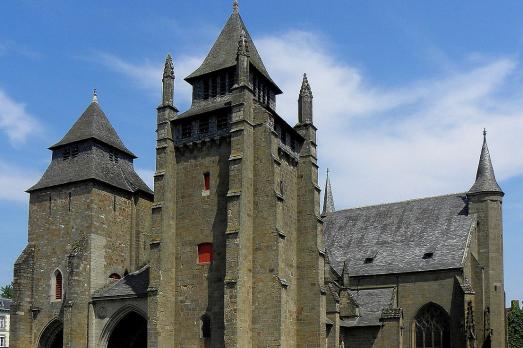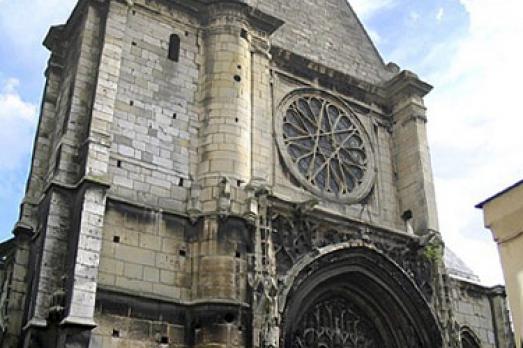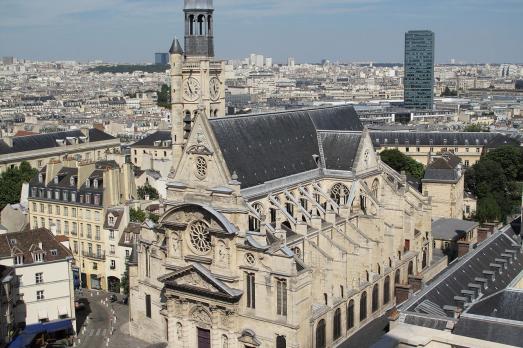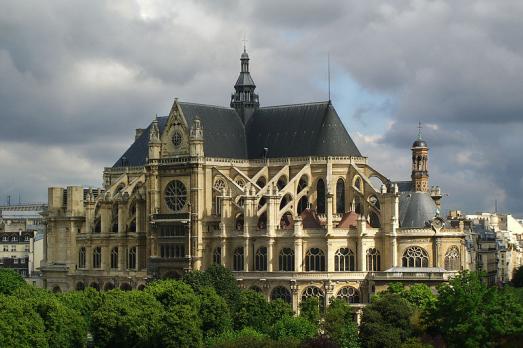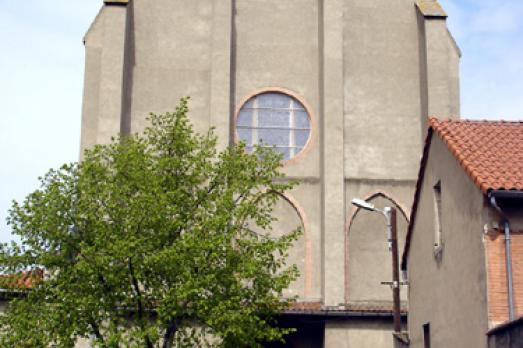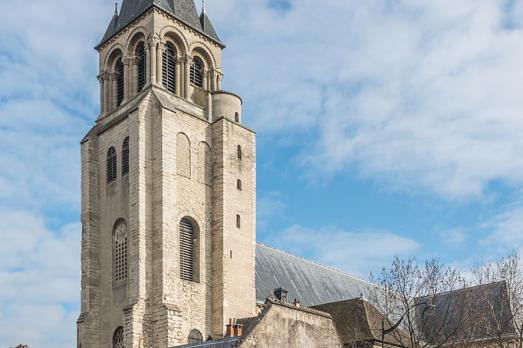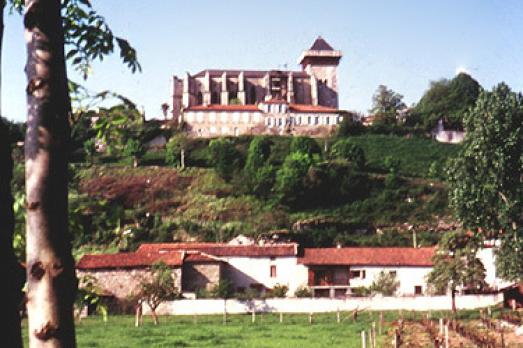
Saint-Bertrand-de-Comminges Cathedral
Saint-Bertrand-de-Comminges, FR
Notre-Dame de Saint-Bertrand-de-Comminges Cathedral was the cathedral of the diocese of Comminges until 1801, when Pope Pius VII issued the bull Qui Christi Domini dividing the territory of the diocese of Comminges between the archdiocese of Toulouse and the diocese of Bayonne. The cathedral is located on the acropolis of a Celtic oppidum which gave birth to the Roman city of Lugdunum Convenarum, whose ruins stretch across the plain. The invasion of the Vandals in 409 devastated it. The city disappeared in 585 following a conflict between Gondovald, claiming to be the natural son of Clotaire I and King Gontran. It was not until Bertrand de l'Isle, a member of a noble family and canon of Toulouse, appointed bishop of Comminges in 10832, that the city recovered. He re-established community life in the chapter, raised the cathedral and built its cloister. He died in 1123. Recognised as a saint by the crowd of pilgrims at the tomb of Saint Bertrand, he was only recognised as a saint under the pontificate of Clement V. The influx of pilgrims necessitated the enlargement of the cathedral in the second half of the 18th century. The bell tower was built in the 12th century inside the nave.
